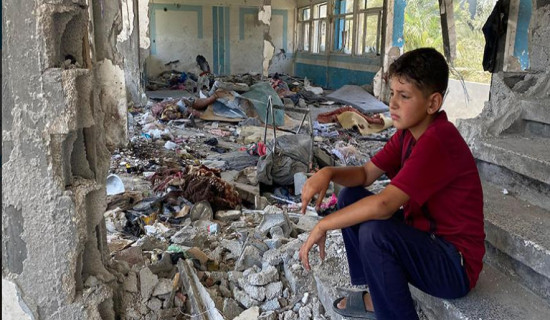- Monday, 5 January 2026
Functional Federalism Brings Balanced Development
When Nepal became a federal democratic republic with the promulgation of a new constitution in 2015, people greeted the new dispensation by gathering in the streets and organising various celebratory activities. This marked an epochal change in the political history of the country. Its transformation into a federal, secular, and republican state brought cheers to the diverse sections of the population. However, more than eight years have passed since the nation embarked on the federal path, but the people’s expectations for a happy, prosperous, and decent life are yet to be fully realised.
The constitution stipulates the transfer of powers and rights from the central to provincial and local governments. The three tiers of government—federal, provincial, and local—have their own distinct responsibilities and jurisdictions. The provinces have legislative and executive authorities, while the local units enjoy legislative, executive, and judicial rights so that they are able to deal with grassroots problems and carry out development works by consulting the immediate stakeholders. These are the sweeping structural changes aimed at ending political, social, economic, regional, and ethnic inequalities that have been deeply rooted in society for centuries.
Primary goal
The primary goal of federalism is to bring the government closer to the people, ensuring efficient public service delivery to them. Under this system, Nepal now has 761 functioning governments: one in the centre, seven in the provinces, and 753 at the local level, each operating independently. Provinces have autonomy to appoint police and other administrative staff, while the local units have at least 22 exclusive rights that authorise them to oversee education, health, drinking water, land registration, and the operation of FM radios, among others.
However, the federal government has yet to draft several crucial laws, such as the Provincial Public Service Commission Act, the Provincial Police Act, and the Civil Service Act. Consequently, provinces and local bodies still lack adequate administrative power to implement the provisions mentioned in the constitution.
The implementation of the federal system has encountered significant challenges. These include the centralised mindset of political leadership and bureaucracy, resistance to power devolution, and delay in formulating necessary laws. As a result, provincial governments and local bodies continue to rely heavily on the federal government for funds and employees.
Despite their struggles for a better future, many Nepalis have been frustrated with political parties for failing to deliver on their promises made before them during the elections. Pratap Bista, a student at Trichandra Campus, observes that the situation has not improved as expected while underscoring the need for the leadership to mend their ways.
Those who hoped to see stability and good governance after the Maoist insurgency, Janaandolan-II, and Madhesh movements are faced with new uncertainties as political volatility continues to plague the nation. The split of the then-ruling Nepal Communist Party and the dissolution of the House of Representatives (HoR) twice had negative repercussions for stability and development. Until recently, the parliament’s meetings were frequently disrupted, hindering its daily business of making vital laws and discussing issues of public importance.
Although the head of government has not changed since the formation of the present parliament, Prime Minister Pushpa Kamal Dahal Prachanda has reshuffled the cabinet several times for political expediency. The parties’ inclination to shift alliances and the hung parliament are attributed to the frequent cabinet changes. The PM had to secure votes of confidence multiple times. The top leaders of major parties are not on the same page when it comes to discussing and endorsing at least 50 bills essential for implementing federalism.
Unlike the unitary system, local bodies now have funds for development. However, the local governments have often prioritised lavish spending over public service, constructing large office buildings and purchasing expensive vehicles for officials. Likewise, corruption, heavy taxation, fund mismanagement, and duplication of programmes are some issues the people are raising. The provinces should prove their mettle in properly utilising the equalisation funds they get from the federal government to spur development and address the burning problems of the people.
Inadequate funding
Both provincial and local governments blame the federal government for inadequate funding and staffing, while the federal government criticises these bodies for inefficiency and poor utilisation of allocated funds. Kathmandu Metropolitan City, for example, is unable to spend its capital budget. Provincial and local units are blamed for recruiting personnel based on political connections and nepotism. Corruption has spread its tentacles from the centre to the local units. This may be the reason why the country ranks 108th in Transparency International’s Corruption Perceptions Index, with only Pakistan, Bangladesh, and Afghanistan faring worse in South Asia.
It is imperative for the federal, provincial, and local units to work in tandem to end corruption and enhance efficiency. They must ensure minimum representation and maximum inclusion of marginalised groups, develop strong intergovernmental coordination, and empower provincial and local agencies with resources and a competent workforce. Encouraging bureaucrats to work with integrity and steering the economy towards self-resilience is necessary. The federal government should endorse necessary laws, streamline public service delivery, and manage resources effectively, thereby fostering cooperation among the three tiers of government and achieving stability and sustainable development.
(Kafle is a journalist at The Rising Nepal.)



-original-thumb.jpg)
-square-thumb.jpg)
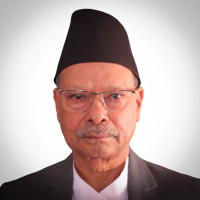


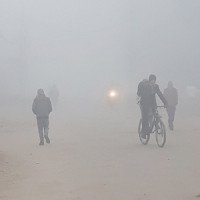

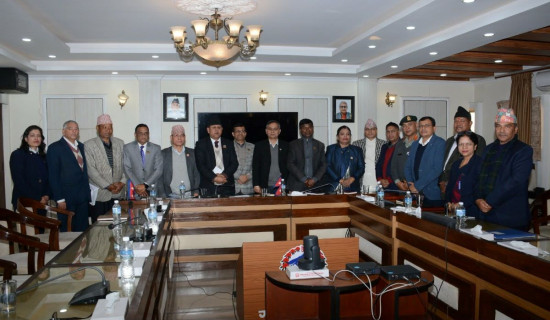


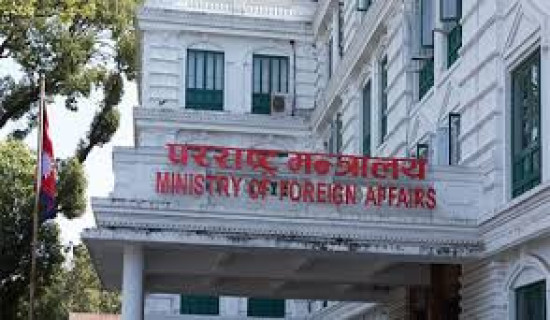

-original-thumb.jpg)
